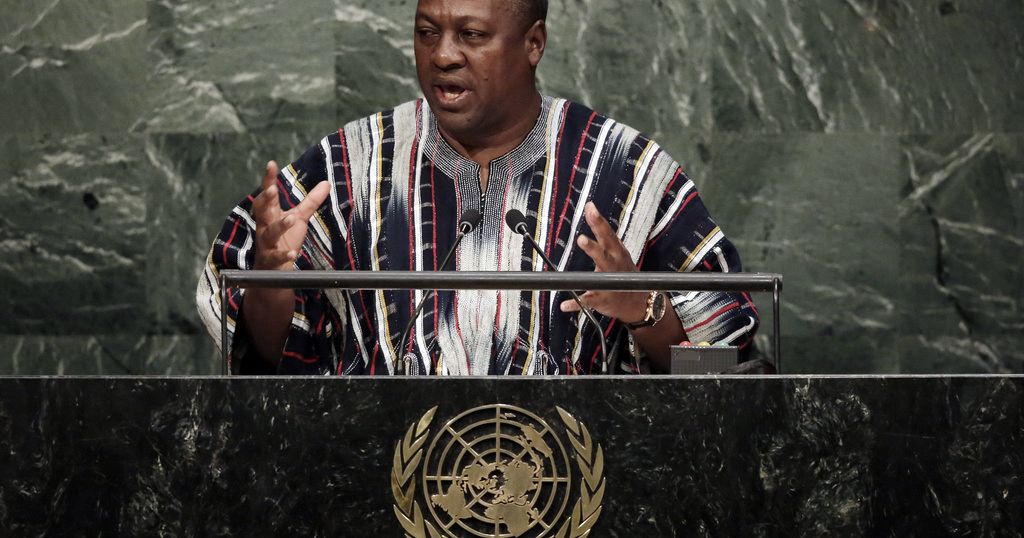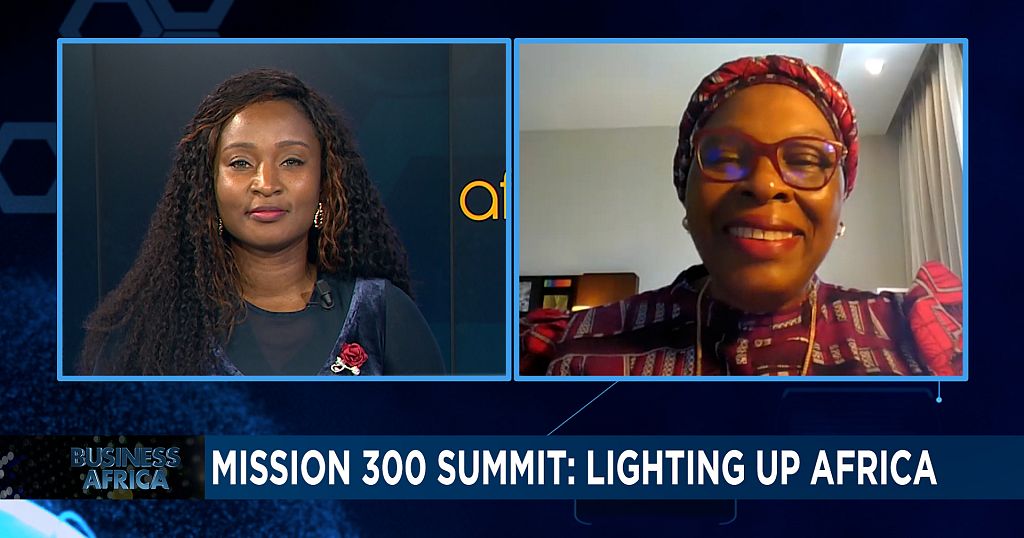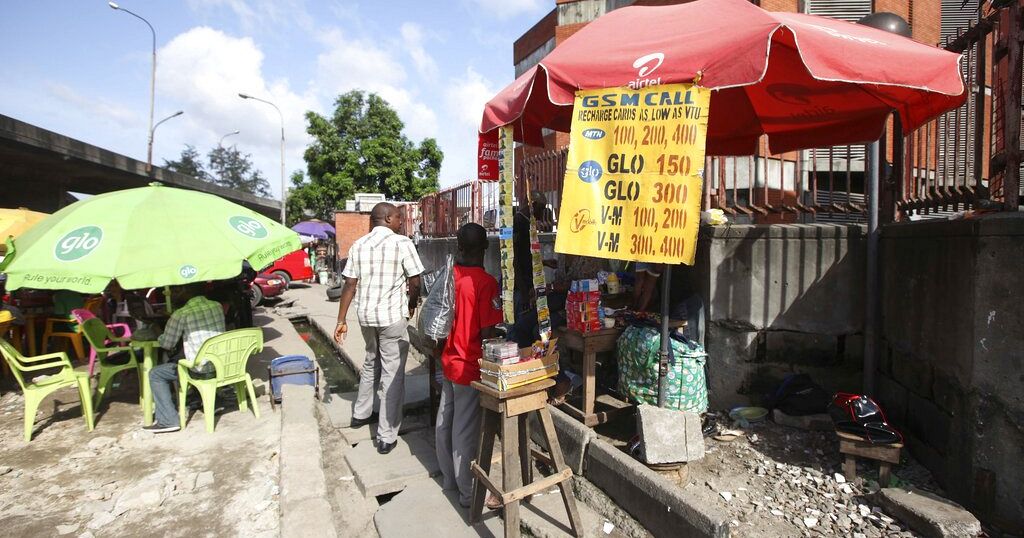Africa’s energy transition is creating opportunities for industrial users to tap into non-fossil fuel supply sources – delivering greater reliability and improved prices. James Gavin reports
African economies stand to be transformed by the energy transition, with industry and agriculture increasingly able to tap into new forms of energy that are both easier and cheaper to deliver – and whose carbon footprint is just a fraction of the coal and heavy oil-fired power plants on which they once relied. The continent’s growing use of sizeable biomass, geothermal, hydropower, solar and wind power reserves are changing the reality on the ground for companies across a range of sectors.
This should not be a surprise. According to the International Renewable Energy Agency (IRENA), Africa could meet nearly a quarter of its energy needs from indigenous and clean renewable energy by 2030. Modern renewables amounting to 310 GW could provide half the continent’s total electricity generation capacity. Given this substantial looming ramp-up, it is clear that industry will be well placed to take advantage.
As IRENA notes, for industries that have long laboured under the heavy burden of supply unreliability – retarding their growth prospects – clean, indigenous and affordable renewable energy solutions offer the continent a real chance to achieve its economic, social, environmental and climate objectives.
The issue of unreliable power services has long been a bone of contention for African companies, whose margins have been squeezed by having to pay more for back-up energy sources.
Many of these came in the form of heavily polluting diesel generators, which are also expensive. However, as IRENA says, the distributed nature of renewable power generation can also help to alleviate the problem of power service unreliability.
Power can be generated much closer to the point of consumption, thereby reducing the probability of service failure on transmission or distribution networks. For corporate Africa, that is a major plus.
“Africa is going to have to have a complementary mix of projects including utility-scale projects coupled with distributed power from mini grids, captive power plants and C&I. Mini grids entail smaller plants at the load centres for communities. That may not always be suitable for industrialising economies, but that has to be a solution for emerging Africa in helping to increase Africa’s electrification rate,” says Bhavtik Vallabhjee, Head of Power, Utilities and Infrastructure at South Africa’s Absa Group.
An increasingly attractive option
All this has amplified the attractiveness of wind and solar technologies for a number of sectors from energy generation, cement and mining to agriculture and food processing.
A number of companies have already taken up the challenge, and started to adapt to the new renewable supply sources that are coming on stream.
In 2018, Saudi Arabia’s Acwa Power inaugurated a 120 MW wind project in northern Morocco that will supply electricity to a to a number of large industrial companies, mainly operating in the cement sector. The 370 GWh of energy that the plant will produce and supply annually to industrial companies is equivalent to a yearly average consumption of a city of 400,000 people and will contribute to the reduction of more than 144,000 tonnes of CO2 emissions per year.
The project was driven by the low cost of energy produced by renewables, with Acwa Power saying it can deliver energy to cement plants at 20% less than customers can buy from the grid, with the price locked in over the long-term.
Pioneering renewables in Africa
The roots of this transformation go back some 15 years. French cement giant LafargeHolcim became a pioneer in renewable energy use in Africa in 2005, at its Tetouan plant in Morocco. It installed the first-ever windmill at a cement plant that year, and in 2008 extended it to reach 32 MW capacity. The windmills now save an average annual 90,000 tonnes of CO2.
Over the past few years, LafargeHolcim says wind power has replaced an increasing share of fossil fuel-based energy at all nine plants in Morocco. In September 2019, the substitution rate reached 84% (9% of which was provided by the Tetouan wind farm), saving about 334,000 tonnes of CO2. LafargeHolcim Morocco planned to increase this rate to 90% by 2020.
Industrial plants in Africa are also making greater use of steam generation from wind and solar farms, not just electricity generation – thereby helping to integrate more renewables into industrial plants given the high amount of industrial processes that routinely use steam.
For example, concentrated solar plants use the sun’s rays to heat liquid. For African cement companies, securing a long-term wind power agreement also offers the benefit of hedging against the volatility of fossil fuel prices (as the LafargeHolcim project in Morocco demonstrates).
Other industrial users in Africa have established their own wind farms. In Kenya, Mombasa Cement, the country’s second-largest cement producer, commissioned a 36 MW wind farm at the end of 2019 to power its manufacturing operations. The Kilifi wind farm, 45km from Mombasa, comprises 12 wind turbines of 3 MW each located on a 1,200-hectare site. The surplus electricity produced by its wind farm will be sold to the state-owned utility Kenya Power.
The chief benefit for Mombasa Cement is that the Kilifi wind farm will reduce its reliance on the Kenyan state power grid, which has in the past experienced a series of damaging grid failures.
Surplus electricity produced from the wind farm will be sent by overhead cables to a substation at Mombasa Cement’s premises to feed the national grid. The company initiated the setting up of a 132-kV transmission line direct from the main supply in Kaloleni to ensure stable supply earlier this year.
Mining sector turns to solar
Perhaps the biggest transformation underway is in the minerals and resources sector. In South Africa, the country’s Minerals Council’s latest assessment is that some 869 MW of solar power and up to another 800 MW of conventional power could be added to the national grid by mining companies over the next three to four years.
South African miner Gold Fields has had plans to build a solar plant at its South Deep gold mine outside Johannesburg for more than three years. Given the country has experienced a number of severe power cuts in the past year, the impetus for mining groups to secure their own power generation has increased exponentially.
As Gold Fields Chief Executive Nick Holland told Reuters news agency earlier in 2020, “Government must accelerate the approval of renewable power projects planned by miners so that they can deal with job-destroying tariff hikes and supply interruptions.”
Mining companies – ironically involved in the most C02 emitting industries – appear increasingly serious about establishing their own renewable energy solutions. A number of mining companies in South Africa are planning to build solar power plants, including a 200 MW plant under development with Sibanye-Stillwater, a 75 MW facility planned by Anglo American, the 40 MW solar park planned by Gold Fields and a 200 MW PV plant from Vedanta.
Junior mining company Orion Minerals, which is looking to reopen the Prieska zinc-copper mine in the Northern Cape, is reported to be in the process of establishing its own renewable power plant which could have 38 MW of installed capacity.
The mining story is not just South African. In southwest Mali, B2Gold, a Canadian mining group, is studying the addition of a 30 MW solar power plant at its Kekola mine, which would reduce operating costs and greenhouse gas emissions. The current on-site power plant has sufficient capacity to support the expanded processing throughput, with or without the solar plant. The plant would also likely include a battery storage component.
Also in Mali, Resolute Mining signed a power supply agreement with Aggreko in December 2019 to develop a new solar hybrid modular power station at the Syama gold mine. The planned power station will combine battery, thermal and solar generation technologies, with Resolute Mining paying a levelised energy tariff of just $0.15 per kilowatt-hour.
The company said the rate compares favourably with current energy costs at the mine ranging from $0.23 to $0.26 per kilowatt-hour. Design work for the plant has started and is scheduled to be delivered in two stages, with the first phase set for completion in 2020 and the second in 2023.
With the competitive advantages of solar and wind starting to sink in across boardrooms, industrial users appear poised to make up the next wave of growth in Africa’s booming renewable energy sector. Watch this space.
Click to see more articles from the Africa Energy Yearbook 2020






![The Okwelians: Unlocking New Economic Paths for Cameroon [Business Africa]](https://static.euronews.com/articles/stories/09/12/73/92/1024x538_cmsv2_85da6520-a13b-50c2-b20b-6172b1388b3a-9127392.jpg)

